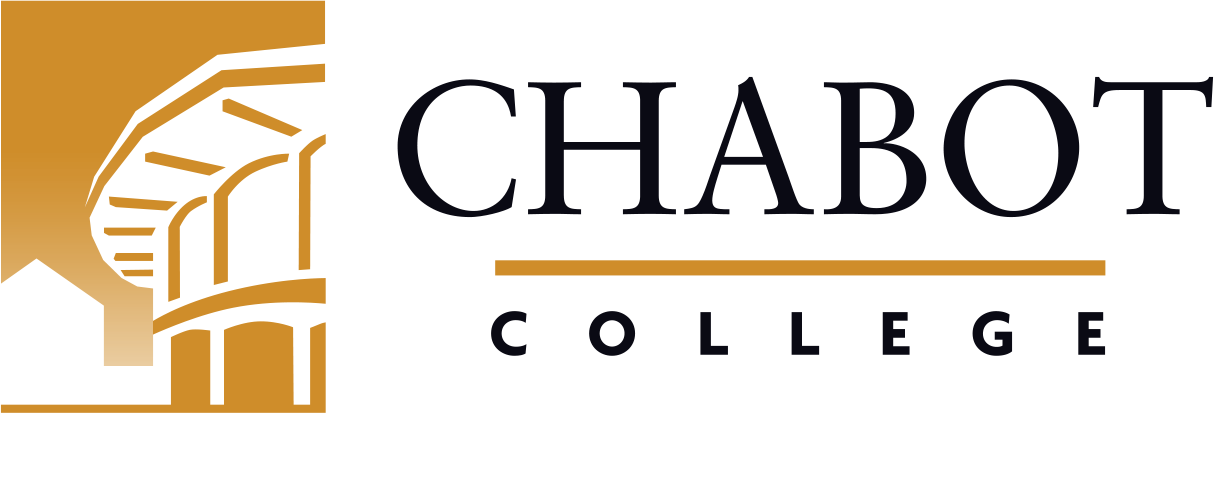
Course Outline for Dental Hygiene 61S
Head and Neck Anatomy Independent Study
Effective: Fall 2022
SLO Rev: 03/27/2021
SLO Rev: 03/27/2021
Catalog Description:
DHYG 61S - Head and Neck Anatomy Independent Study
0.50 Units
Supplemental instruction on the embryology of the head, neck and oral cavity, structure and function of the oral cavity and adjacent structures. Emphasis on the recognition of normal structures, the anatomical relationships between structures and regional osteology.
Corequisite: DHYG 61.
1240.20 - Dental Hygienist*
Pass/No Pass
| Type | Units | Inside of Class Hours | Outside of Class Hours | Total Student Learning Hours |
|---|---|---|---|---|
| Laboratory | 0.50 | 36.00 | 0.00 | 36.00 |
| Total | 0.50 | 36.00 | 0.00 | 36.00 |
Measurable Objectives:
Upon completion of this course, the student should be able to:
- identify the structural relationships of the oral cavity;
- identify anatomical structures of the head and neck;
- identify the location of anatomical structures based upon the anatomical position of the body;
- identify and name the surface anatomy of the head and neck;
- identify and name the skeletal anatomy of the head and neck, and associated anatomy;
- describe the function and pathway of the nervous system of the head and neck;
- discuss the pathway and structures served by the vascular systems of the head and neck;
- identify and describe the origin/insertion and movement of the muscles of facial expression and muscles of mastication;
- identify and describe the muscles and movements associated with the TMJ;
- identify and describe the location and pathway of the lymphatic system of the head and neck;
- discuss location of and structures within fascia and spaces of the head and neck and glandular tissues;
- discuss the pathways of infection related to the dentition;
- integrate the anatomical structures of the head and neck in relation to local anesthesia.
Course Content:
- Surface anatomy of the head and neck
- Basic anatomical nomenclature
- Osteology of the skull
- Landmarks of the skull, maxilla and mandible
- Vertebral anatomy of the neck
- Nose, nasal cavity and paranasal sinuses
- Muscles of the head and neck
- Muscles of facial expression
- Muscles of mastication
- Muscles of the neck
- Muscles of the palate and pharynx
- Temporomandibular joint (TMJ)
- Anatomy of the TMJ
- Musculature and movements of the TMJ
- Nervous system of the head and neck
- Cranial nerves
- Central nervous system
- Trigeminal nerves
- Blood supply of head and neck
- Arterial supply
- Venous drainage
- Lymphatic system of the head and neck
- Lymph nodes
- Drainage pattern
- Fascia & spaces of the head and neck
- Glandular tissues of the head and neck
- Endocrine and exocrine glands
- Pathway of infection of the head and neck
- Oral and dental infections
- Clinical anatomy of the oral cavity
- Local Anesthesia of the oral cavity and dentition
- Anatomical landmarks related to needle placement and insertion
- Complications related to the administration of local anesthesia
Methods of Instruction:
- Anatomical drawings/identification exercises
- Group Activities
- Practice/Demonstration
- Presentation
- Laboratory exercises
- Class and group discussions
- Hands-on Activities
- Group Presentations
- Distance Education
- Lab Practicum
- Review topic related research/journal articles
- Special topics PPT presentations
- Topic related video presentations
- Use of articulated models
Assignments and Methods of Evaluating Student Progress:
- Use photos/typodonts/self-identification/models to identify surface anatomy/oral structures.
- Identify and label anatomical features of the skull, including cranial nerve pathways.
- Identify and label anatomical features of the skull related to muscles of mastication and muscles of facial expression.
- Complete weekly group projects including creation of visual/verbal presentations on assigned topics.
- Review/discuss case studies.
- Review and write 3 annotated bibliographies related to class discussions including: bisphosphonate induced osteonecrosis; Bell's Palsy/trigeminal neuralgia; TMJ disorders.
- Research and write 1 annotated bibliography related to Local Anesthesia.
- Complete assigned topic practicum pages.
- Complete chapter related activities
- Attendance
- Class Participation
- Final Examination or Project
- Lab Activities
- Laboratory exercises
- Papers
Upon the completion of this course, the student should be able to:
- integrate anatomical structures of the head and neck related to the pathways of infection;
- integrate the anatomical structures and landmarks of the head and neck, related to the administration of local anesthesia;
- identify and discuss anatomical features related to the TMJ;
- integrate dental anatomy with the ethical issues of dental hygiene care.
Textbooks (Typical):
- Boyd, L. D., Mallonee, L. F., & Wyche, C. J. (2021). Clinical Practice of the Dental Hygienist (13th). Jones & Bartlett Learning.
- Fehrenbach, M., J. & Herring, S., W. (2016). Illustrated Anatomy of the Head and Neck (5th). El Sevier: Saunders.
- Head and Neck Anatomy Lab Practicum (Provided by instructor)
- Skull (To be purchased by student, information to be provided by instructor)
Abbreviated Class Schedule Description:
Supplemental instruction on the anatomy of the head and neck, with emphasis on normal structures.
Corequisite: DHYG 61.